With discoveries about Pluto from NASA’s New Horizons mission rolling in, here are nine of the most interesting facts about the former planet.
1. Pluto was first discovered by a young research assistant in 1930
Photographic evidence of the former ninth planet was first sighted by 24-year-old research assistant Clyde Tombaugh at the Lowell Observatory in Flagstaff, Ariz. Tombaugh’s ashes are aboard the New Horizons spacecraft that passed by Pluto on Tuesday. Astronomer Percival Lowell predicted Pluto’s existence 15 years prior to Tombaugh’s discovery–even charting its approximate location based on the irregularity of Neptune’s orbit.
2. An 11-year-old girl gave Pluto its name
When Venetia Burney’s grandfather told her the news of the newly discovered planet, she proposed the name Pluto, after the Roman god of the Underworld. It seemed fitting, for after all, Pluto the planet, like the God, sat at the far reaches of the solar system. Her grandfather was taken by the name and suggested it to a friend–conveniently an astronomy professor at Oxford University. Astronomers were particularly keen on Pluto because the first two letters of the word are Percival Lowell’s initials.
3. Pluto is smaller than Earth’s moon but larger than previously thought
Pluto is 1,473 miles in diameter, according to recent measurements obtained from New Horizons, while Earth’s moon has a diameter of 2,160 miles. Pluto is 18.5% the size of Earth.
4. Disney’s Pluto the dog was named after the former planet
Disney’s Pluto the dog debuted in the same year the former planet was discovered, but contrary to popular belief, the dog was named after Pluto the (ex)-planet, not vice versa. Disney animators speculated that Walt Disney chose the name to capitalize on the hubbub surrounding the new planet.
5. New Horizons, the first vessel devoted to studying Pluto’s environment, is the size of a grand piano
The New Horizons probe cost $700 million yet, weighing in at 1,000 pounds, is only the size of a grand piano. It completed the nine-year, 3-billion mile journey to Pluto on Tuesday morning, whizzing about 6,000 ft. from the dwarf planet at 31,000 mph, and snapping the closest pictures of Pluto to date as it passed.
6. Pluto has a heart shape on its surface
Images released on Tuesday by NASA show a heart shape that measures approximately 1,000 miles across. As NASA reports, “much of the heart’s interior appears remarkably featureless–possibly a sign of ongoing geologic processes.”
7. Pluto was demoted to dwarf planet status in 2006–but not for the commonly believed reason
The news of Pluto’s larger than expected size on Monday was particularly exciting to Pluto partisans because many believe the outsider was stripped of its planetary status because it was too small. However, Pluto was actually downgraded to dwarf planet because it’s simply not unique. Pluto is merely the brightest member of the Kuiper Belt, a mass of objects that orbit the sun beyond Neptune.
8. Scientists discovered the Solar System’s third zone because of Pluto
While Pluto’s frigid neighbors are responsible for its solar system downfall, they are also what make the New Horizons vision so compelling.
As Jeff Moore at NASA told TIME, “Pluto may be the star witness to the whole third zone of the solar system.” Before the discovery of the Kuiper Belt, the solar system was believed to be comprised of two zones: the inner zone, containing the rocky planets from Mercury to Mars, and the outer zone, containing the gas giants from Jupiter to Neptune. However, Pluto exposed astronomers to our solar system’s third zone, which Moore referred to as a “vast realm of ice worlds.”
9. Pluto is just the tip of the iceberg
After New Horizons passes Pluto on Tuesday, it’ll continue traveling the Kuiper Belt, possibly making contact with another, smaller Kuiper Belt object (KBO) in 2018 or 2019. Pluto is just the beginning.
For more, albeit less updated, Pluto coverage, check out TIME’s original article announcing Pluto’s discovery.
See Scenes From Astronaut Scott Kelly’s Second Month in Space
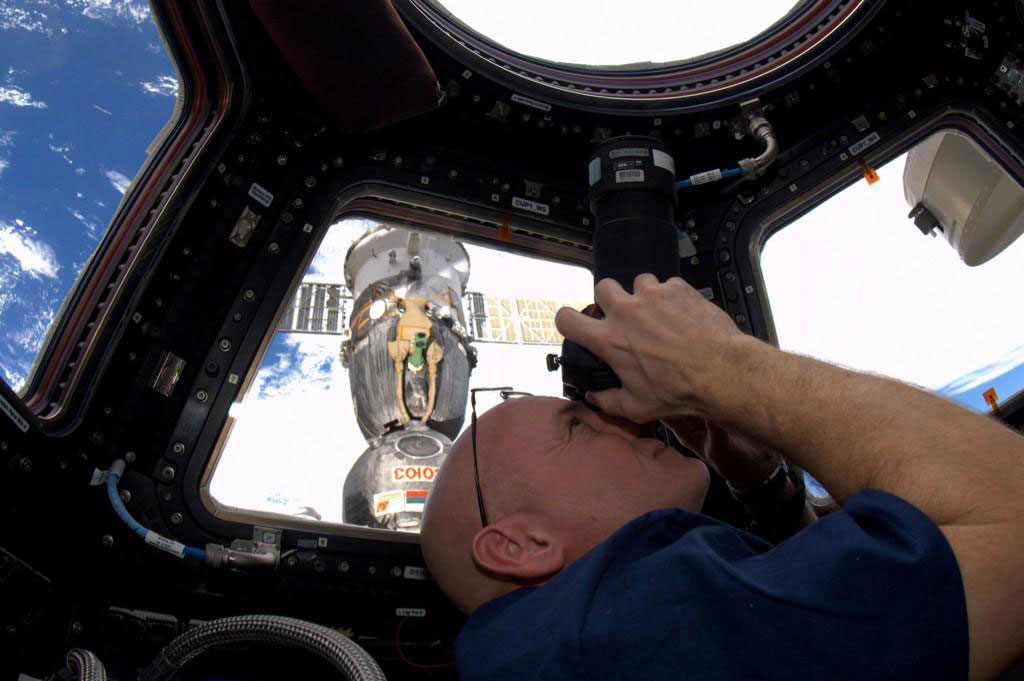
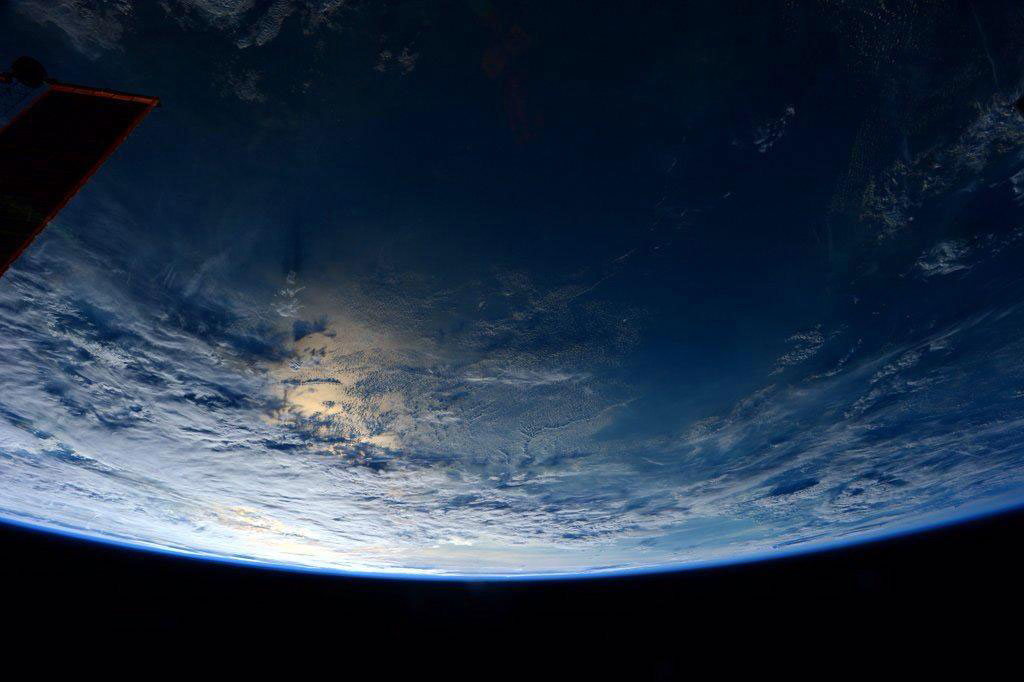
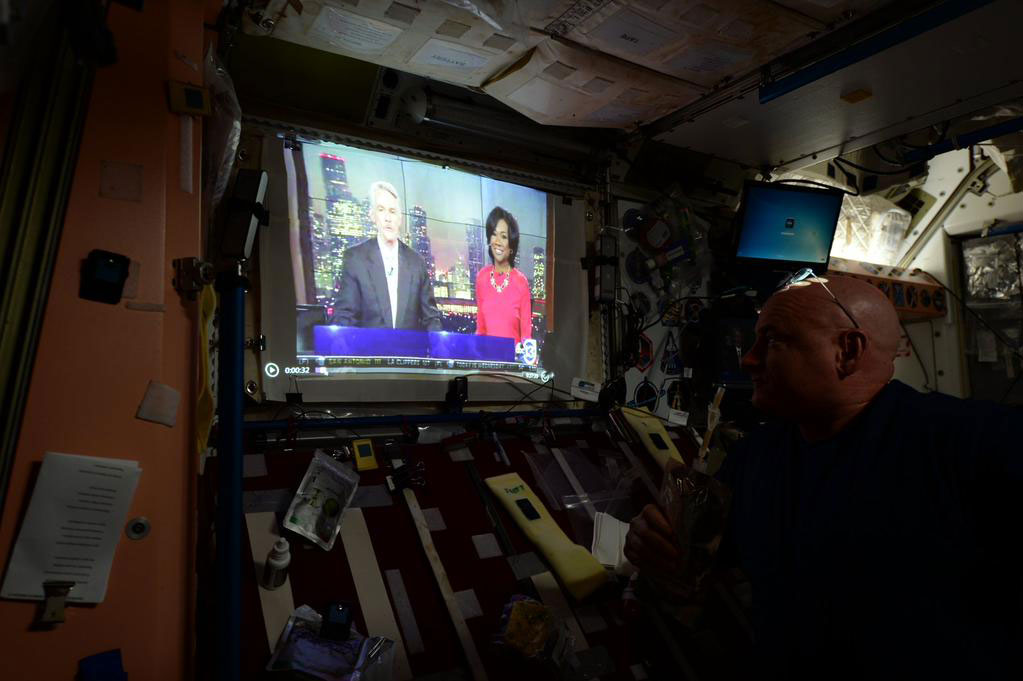
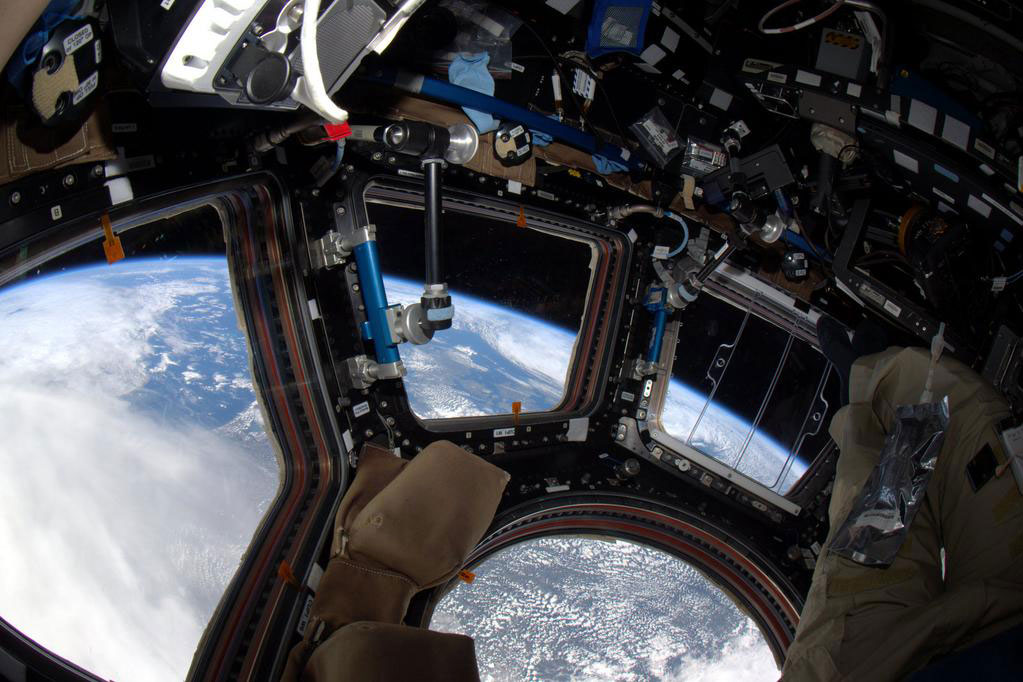
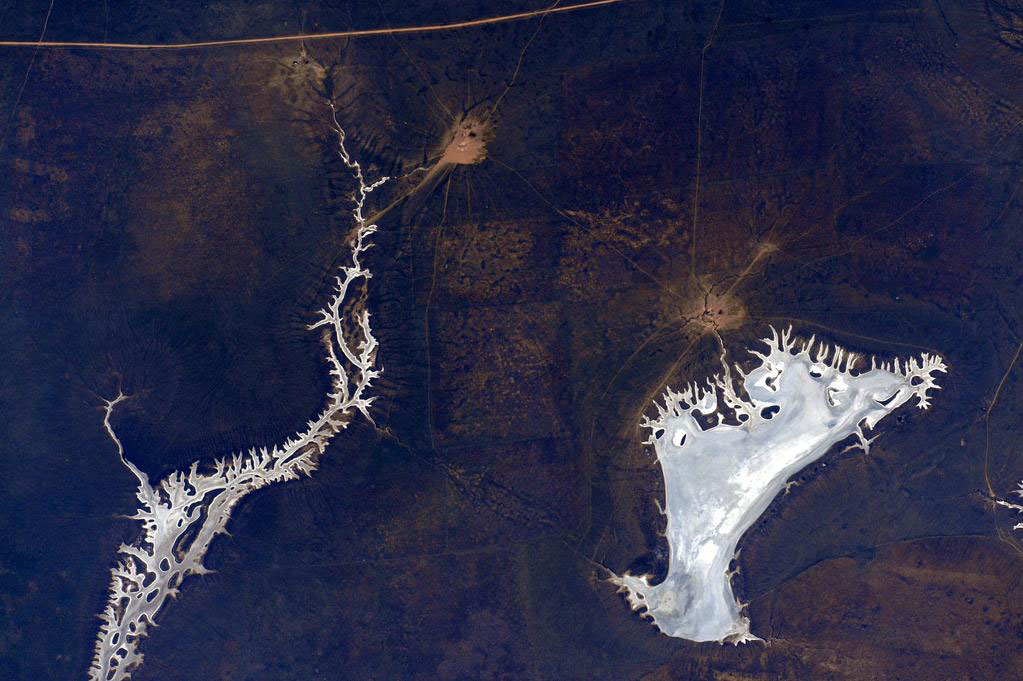

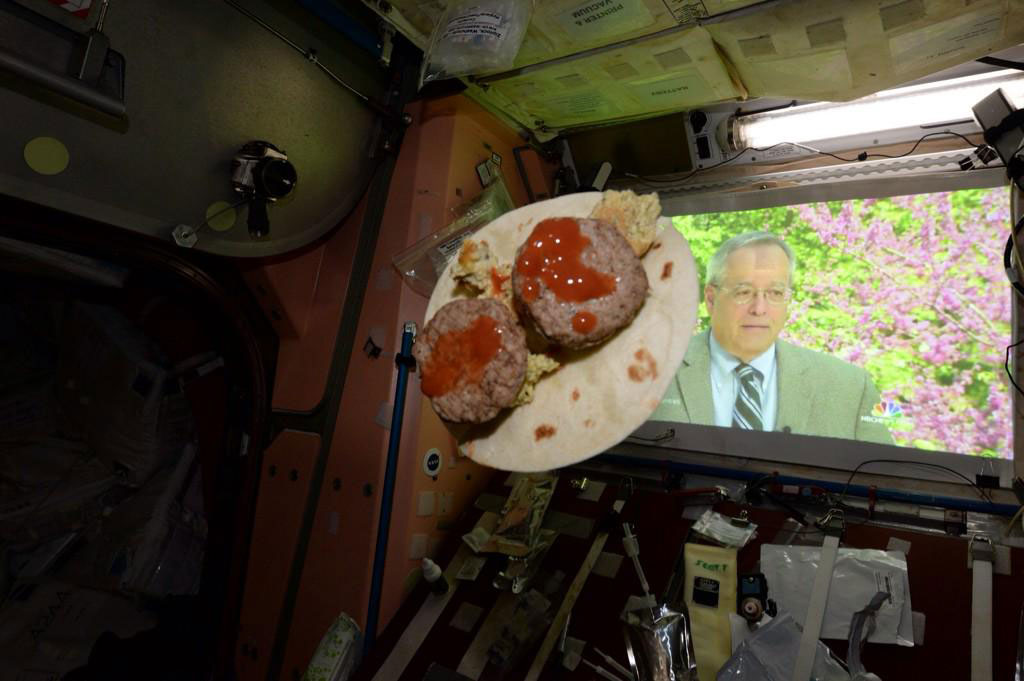
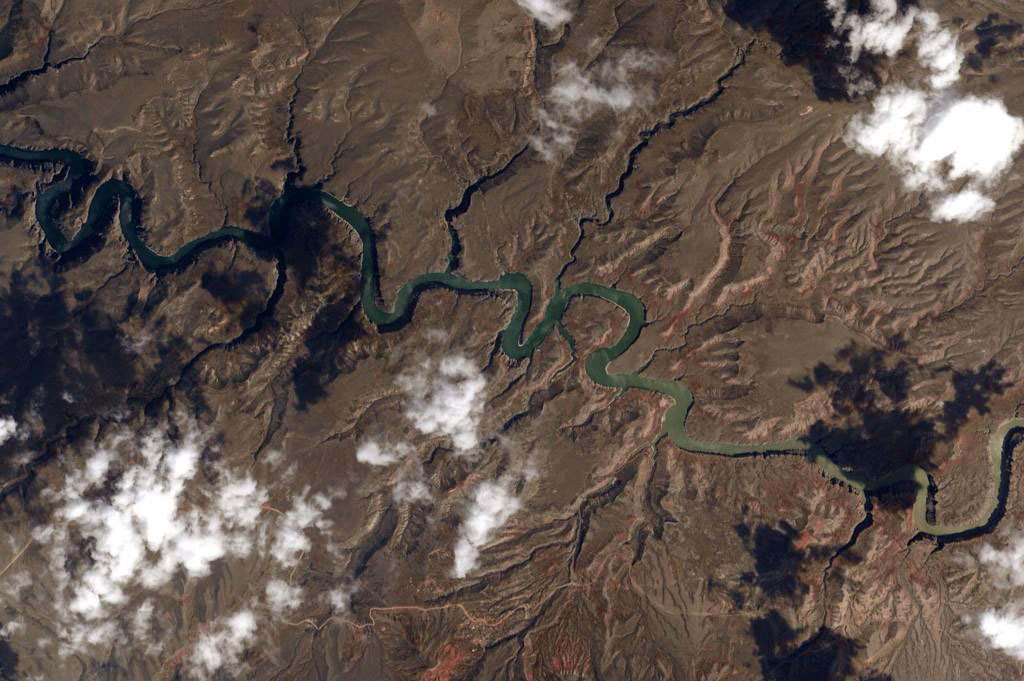

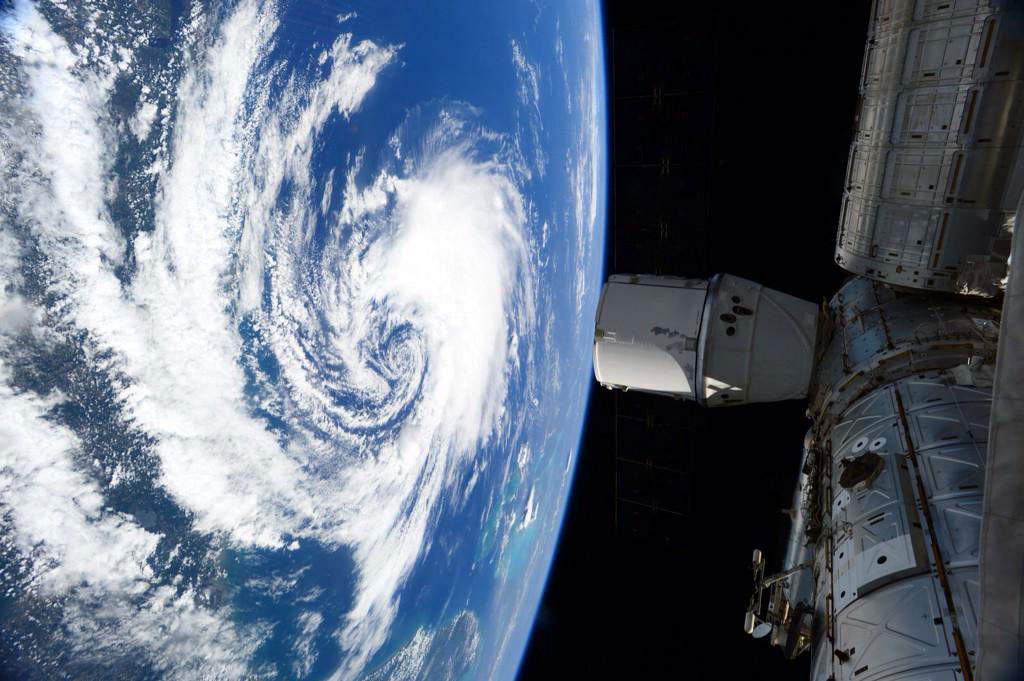




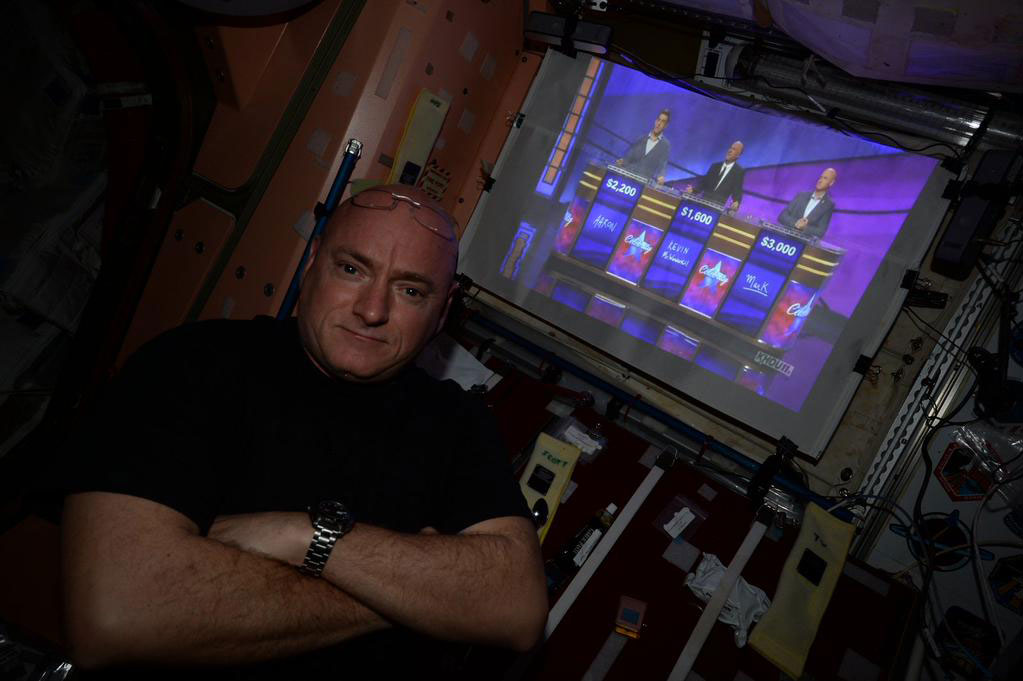

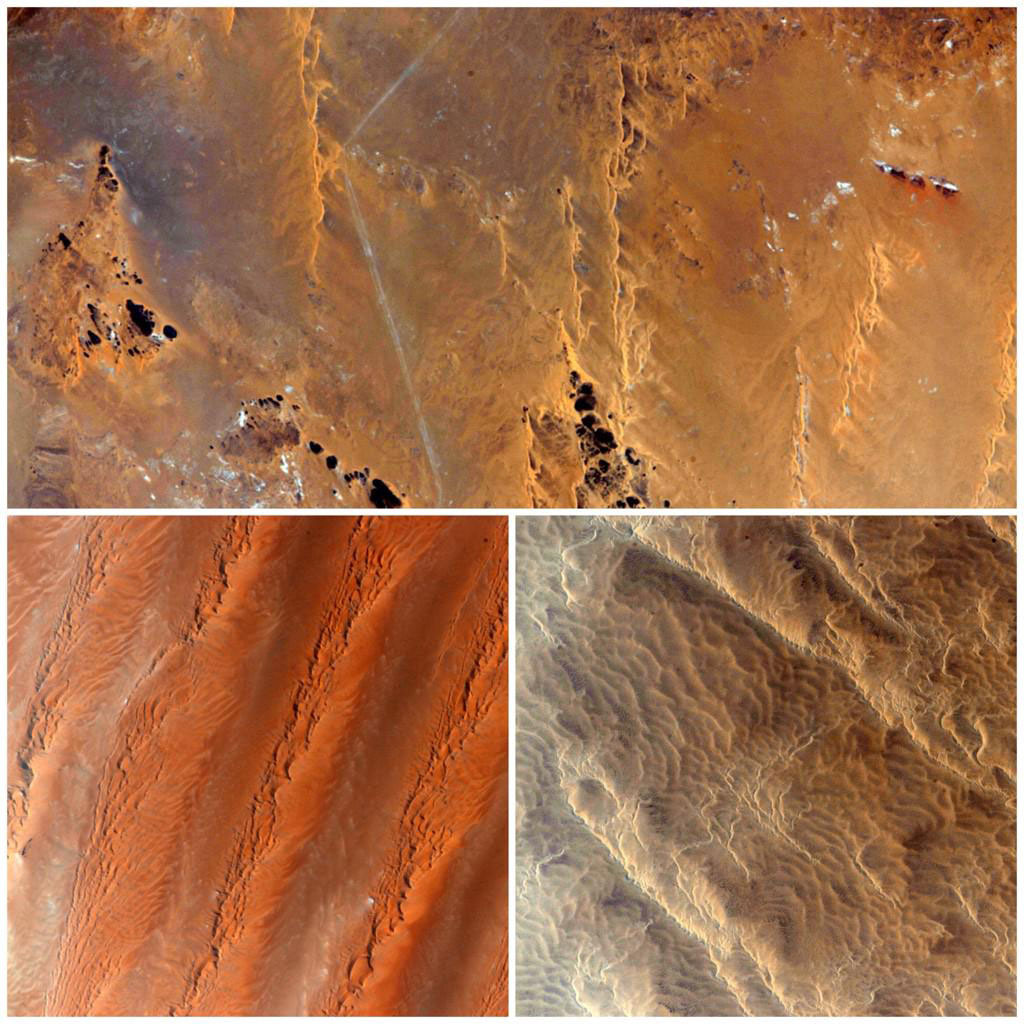

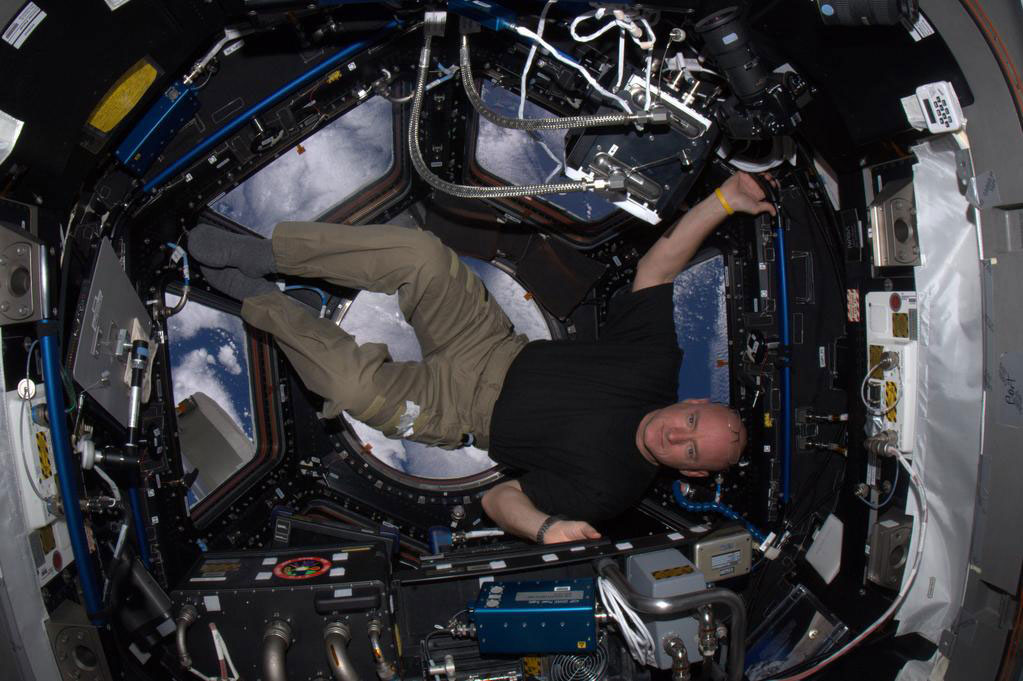
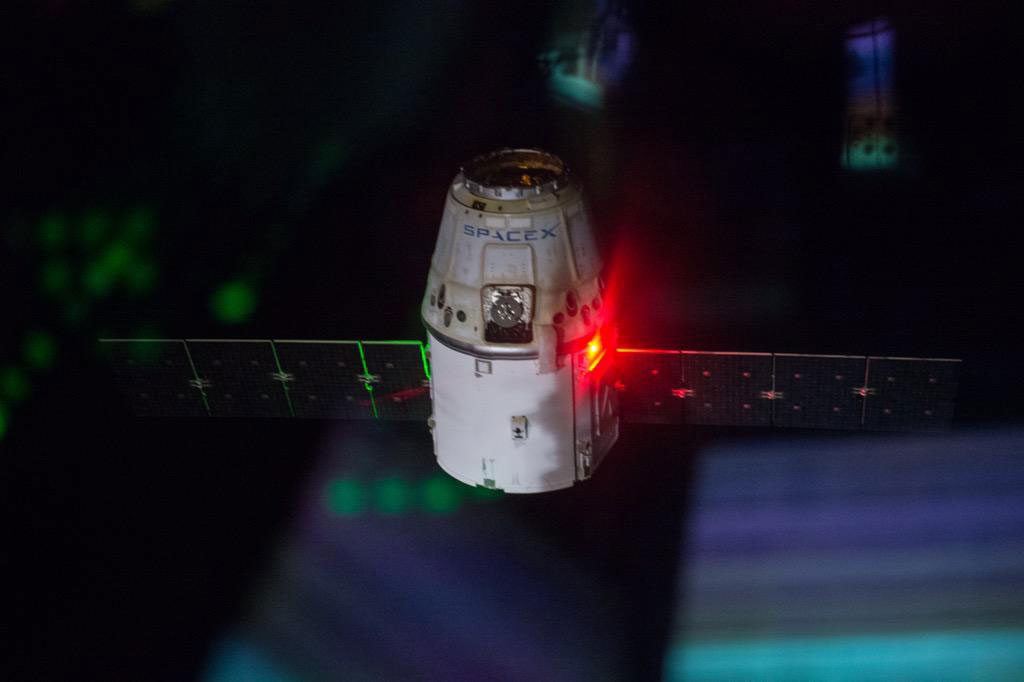
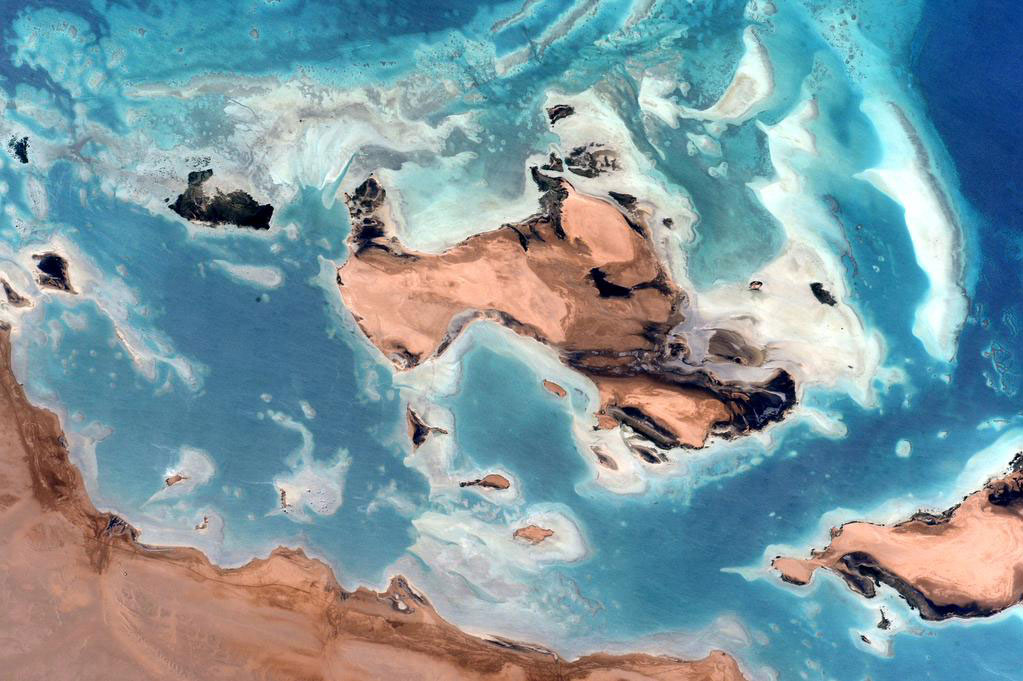
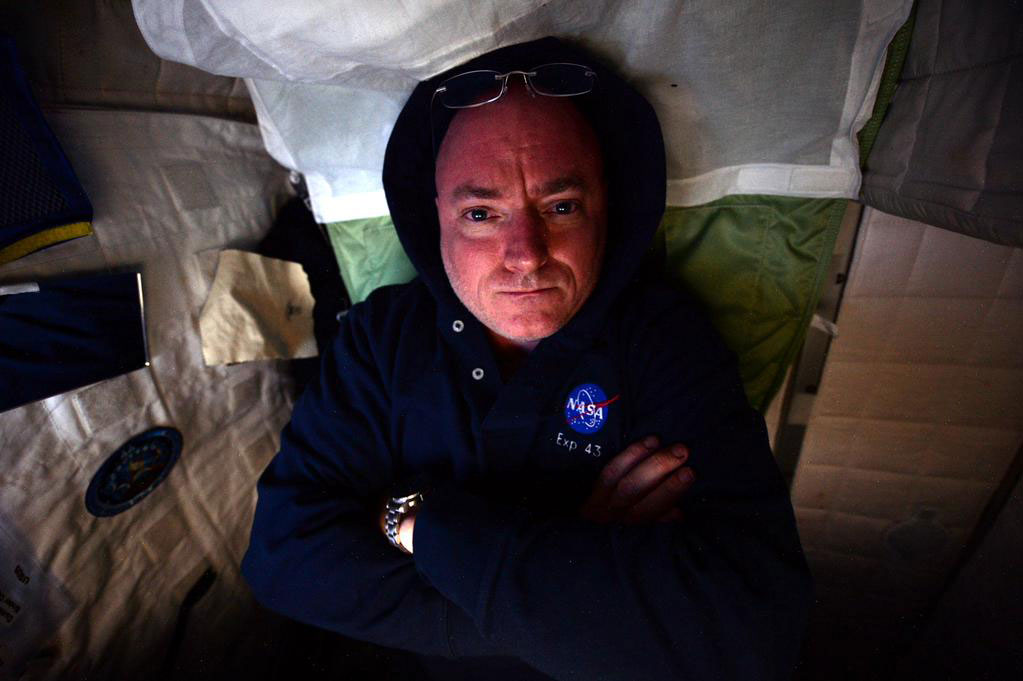
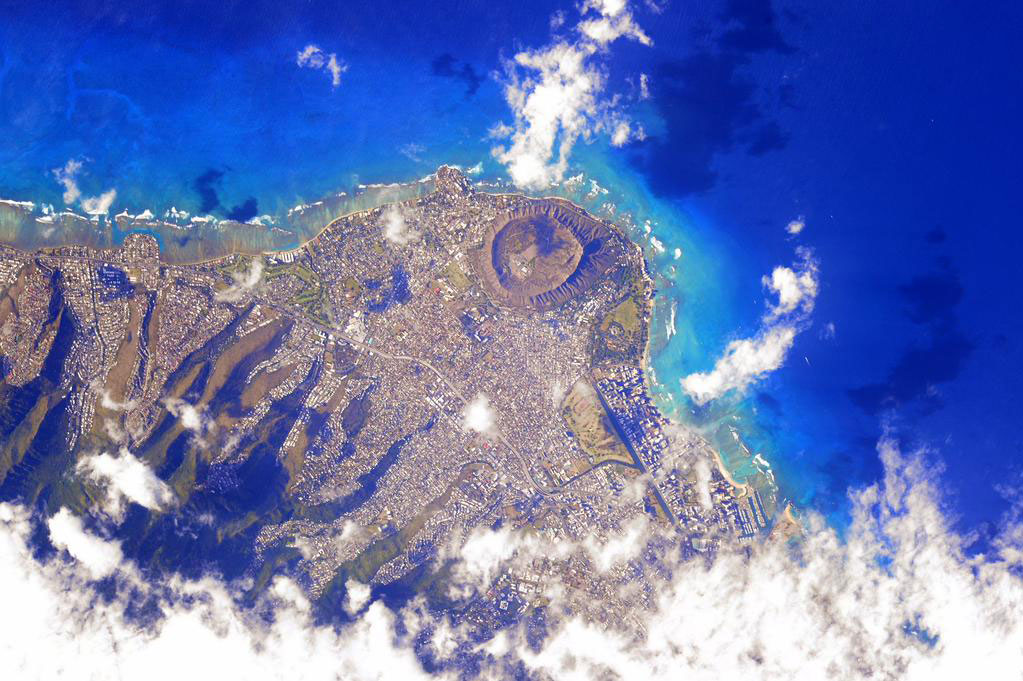


Read next: Photographing Pluto: This Is How New Horizons Works
Download TIME’s mobile app for iOS to have your world explained wherever you go
More Must-Reads from TIME
- Donald Trump Is TIME's 2024 Person of the Year
- Why We Chose Trump as Person of the Year
- Is Intermittent Fasting Good or Bad for You?
- The 100 Must-Read Books of 2024
- The 20 Best Christmas TV Episodes
- Column: If Optimism Feels Ridiculous Now, Try Hope
- The Future of Climate Action Is Trade Policy
- Merle Bombardieri Is Helping People Make the Baby Decision
Contact us at letters@time.com